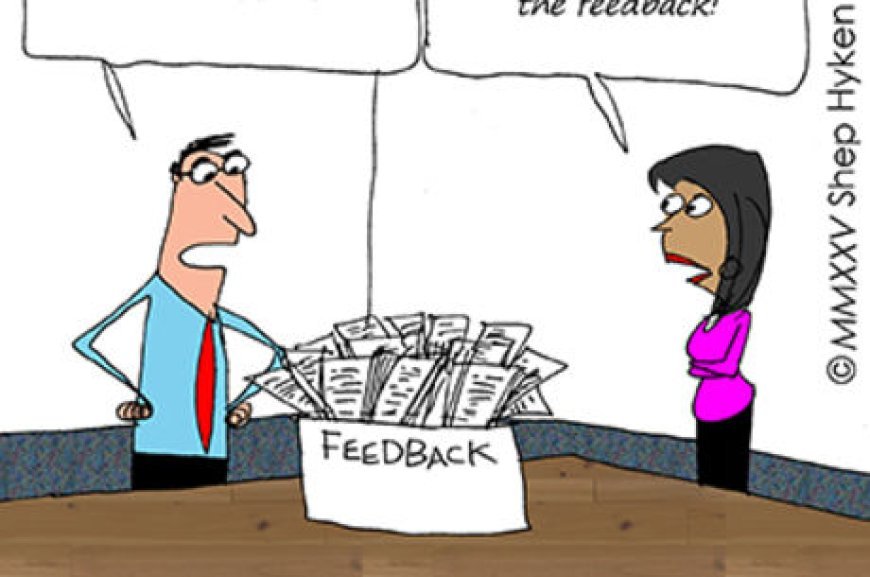How to Reverse Declining Customer Satisfaction

One of our subscribers asked, “How can I reverse our company’s declining customer satisfaction ratings?”

Not knowing specifics about the company, its customer feedback, how long the scores have declined, and other details makes it a difficult question to answer. Still, I felt compelled to share something that could help. What I came up with is a list of three “to-dos” that any company should use to find out what’s causing a downward trend.
As I was writing down my ideas, I realized that this list could also be used to find out what is causing customer satisfaction to go up. After all, don’t you want to know why customers are happy – and then do more of the same? Think about that as you read my short list. With that in mind, we’ll focus on the question of declining customer satisfaction.
My first response was three words: Find the friction!
Often, there are specific places in the customer’s journey that cause a drop in satisfaction. I refer to those as friction points. We want to eliminate or at least mitigate them. So how do you find these places? Three ideas:
- Mystery shop your company. If you want to find out what customers experience, become a customer of your own company. Find out what customers experience during busy times, how long they have to wait on hold, how long it takes for someone to respond to an email and more.
- Ask your customers. Get feedback through surveys and direct communication. When you hear about a complaint, follow up directly with the customer to learn more. Don’t assume it’s a one-off situation. If it’s happening to one customer, it could happen to many.
- Ask your employees. The people working the front line, which includes the customer support team, salespeople and anyone else who interacts directly with customers, hear customer comments, both good and bad. Have ongoing conversations with front liners to learn what they are hearing.
Learning what customers are experiencing firsthand and having conversations with customers and employees is far different than reading a report. There’s nothing wrong with a report, and I advocate for that as well, but why not both? And once you have the information, don’t just talk about it. Do something about it. Find where there’s friction. Learn what makes customers unhappy. Change what needs to be changed. Then, watch for a trend of declining complaints and start to reap the benefits of rising customer satisfaction.






